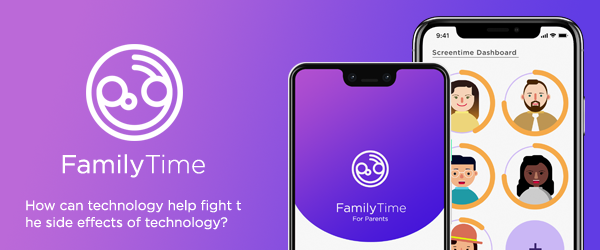Quick Design Sprint (3-day incl. prototype)
Background: With interests from people with no design background or knowledge of design thinking asked me to facilitate a quick design sprint.
Phase 1: Understand
Stakeholders
– Parents
– Children
– School
– Neighborhood (Society)
User Interview Quotes
“Sometimes I get so exhausted it’s so easy to just give them my iPad to get some nap in”
“I am scared what this will do them subconsciously. My 3-year-old is better at the iPhone game than me.”
“I am afraid it is hurting their eyesight. I don’t want to take chances.”
“I don’t know if this makes them smarter or not. Maybe this makes them better at coding”
“I can use an app to monitor them and I use parental control so I know it’s not harmful to them.”
“We have less conversation at the dinner table because of cell phones. us(Parents) included.”
” You can’t escape this cyberspace because it is a required by society”
Secondary Research Summary
*There are great contents accessible at their fingertip children can benefit from.
*You can locate them and find them in emergencies
“5 Benefits of Giving Your Kids a Smartphone.” EduPad. June 06, 2018. Accessed November 28, 2018. http://www.edupad.com/blog/2013/11/5-benefits-giving-kids-smartphone/.
__
*Parents think because they are staying home, they are safe. But mental health is being exchanged for their physical health.
*Teens are lacking social skills and having less and less human to human interaction
Cornish, Audie. “How Smartphones Are Making Kids Unhappy.” NPR. August 07, 2017. Accessed November 28, 2018. http://www.npr.org/sections/health-shots/2017/08/07/542016165/how-smartphones-are-making-kids-unhappy.
“Smartphones and Anxious Kids: Mental Health Issues and the IGeneration.” Lakeside Behavioral Health System. September 23, 2018. Accessed November 28, 2018. https://lakesidebhs.com/mental-health/smartphones-and-anxious-kids-mental-health-issues-and-the-igeneration/.
__
*As the parental generations are now familiar with technology and addicted to it as well, it is having a negative effects on their offsprings as they feel abandoned and neglected leading to behavioral issues.
https://www.psychologytoday.com/blog/going-beyond-intelligence/201711/turn-smartphone-mom-and-dad
___
Dickson, EJ. “A Decade After the IPhone, There’s Still No Good Smartphone for Kids.” Medium.com. November 27, 2018. Accessed November 28, 2018. https://medium.com/s/thenewnew/why-theres-no-good-smartphone-for-kids-1e6739a162dd.
How Might We Statements
HMW…
1. Enable parents to reduce screen time for their children
2. Reduce screen time for parents in front of children
3. Change screen time to be positive for children
4. Emphasize that screen time is a medium for content not habit
5. Break the habit of already screen-addicted parents/children
6. Relieve parents of the stress when work follows them home
7. Make screen time not isolating
Affinity Clustering
To help parents
1, 6, 5
To help children
5, 3,
Action required for Parents
2, 4
+ New HMW statement.
How might we leverage the benefits of smartphone time while curbing the negatives.
Phase 2: Define
Target
1. Tweens and teens because they are exposed and aware of the smart device technologies outside of their home.
2. The key pain point is that family’s time is sacrificed (both the parents by work and kids by habit)
Success Metrics
1. Children getting the humane attention and interaction they need from their parents. Less screen time or dependency on screens.
2. Conscientious parenting of reduced screen time ‘against’ child’s attention.
Design Principles
Effortless: The target user without thumb should be able to navigate the phone easier with less learning curve.
Insightful: How can software alone provide solution to a physical “gap” that exists in the interaction.
Attentive: The solution has to be intuitive to use. or familiar.
Humble: Feedback from the actual amputee.
Phase 3: Sketch
Solution sketch
“Family Time” (Collective Off-screen time)
“Pocket Money for Good Screens” Children’s positive screen time reward system (connect to other apps like Coursera, Khan Academy and other educational apps)
“Parental control for with positive off-screen activity and reward system and reminder to stay off screen”
Phase 4: Decide
Family Screen Healthy Life Reward System
(combining all the sketch ideas)
Phase 5: Prototype
Rough Sketch of MVP:

Phase 6: Validate and refine Prototype
After testing with some more parents, we refined the prototype.
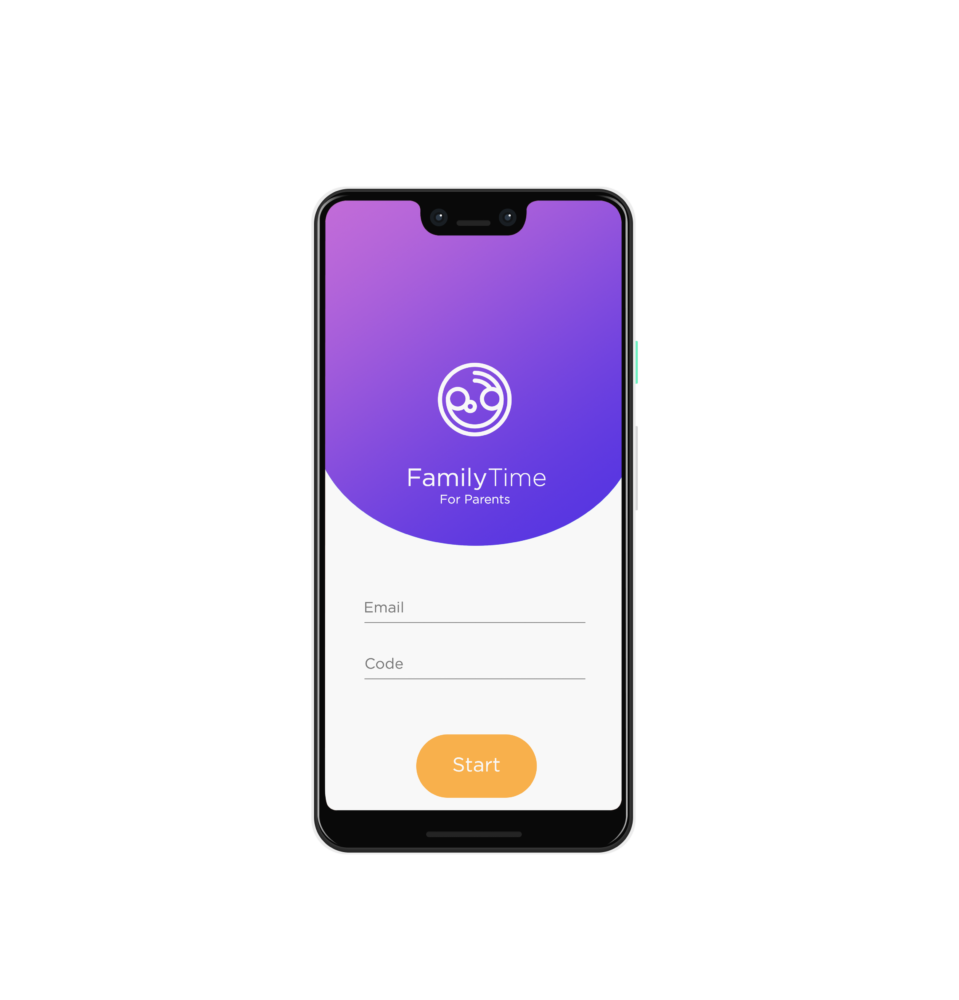
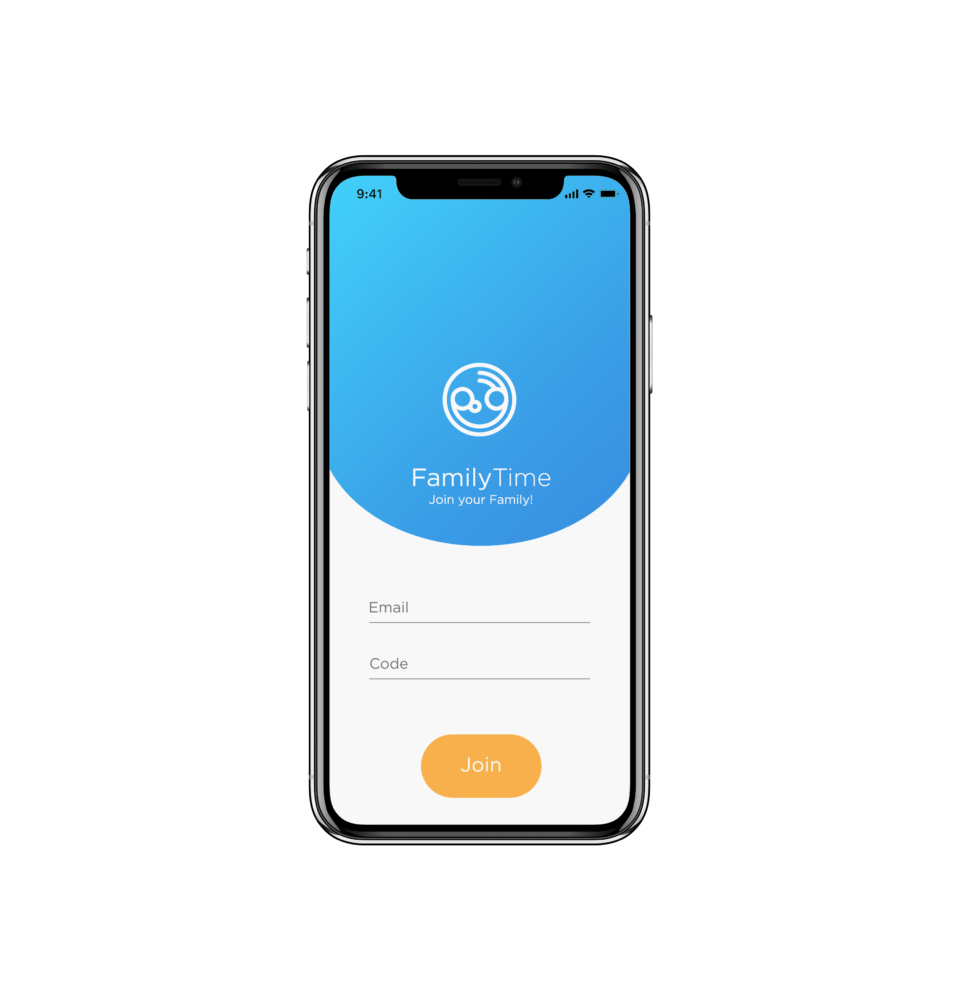
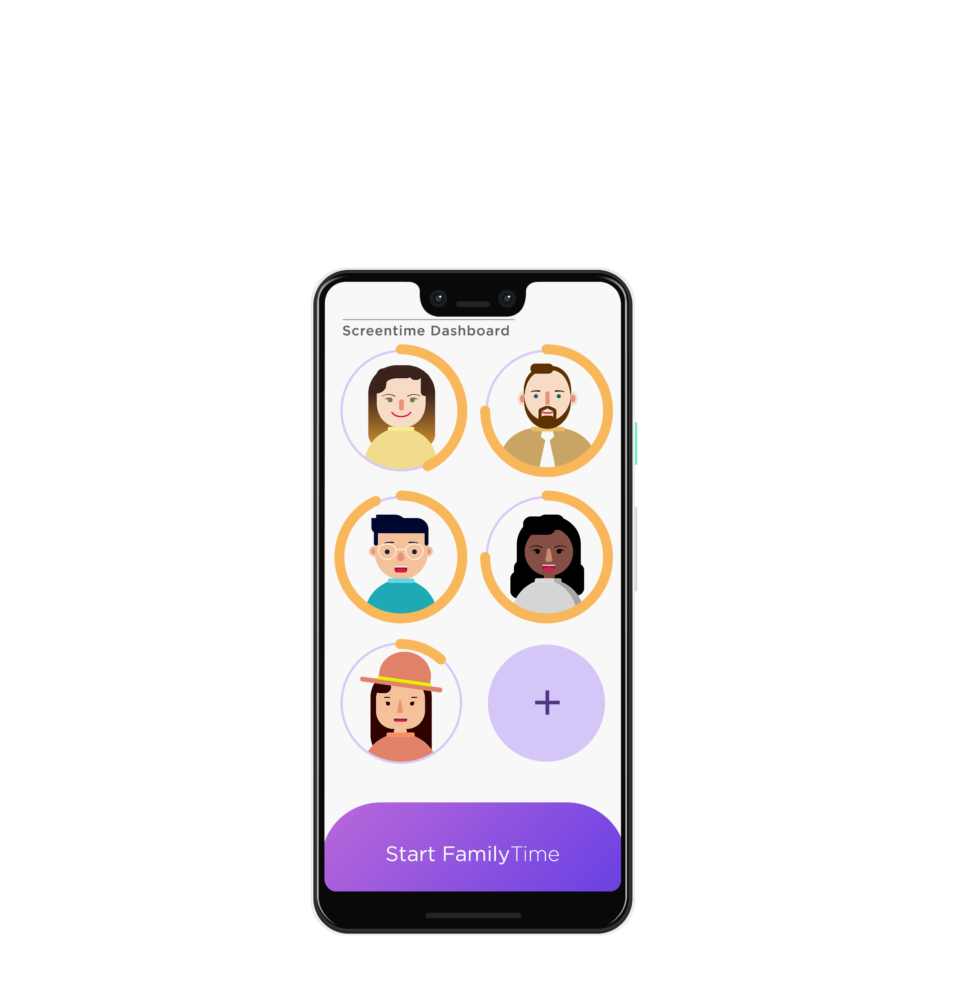
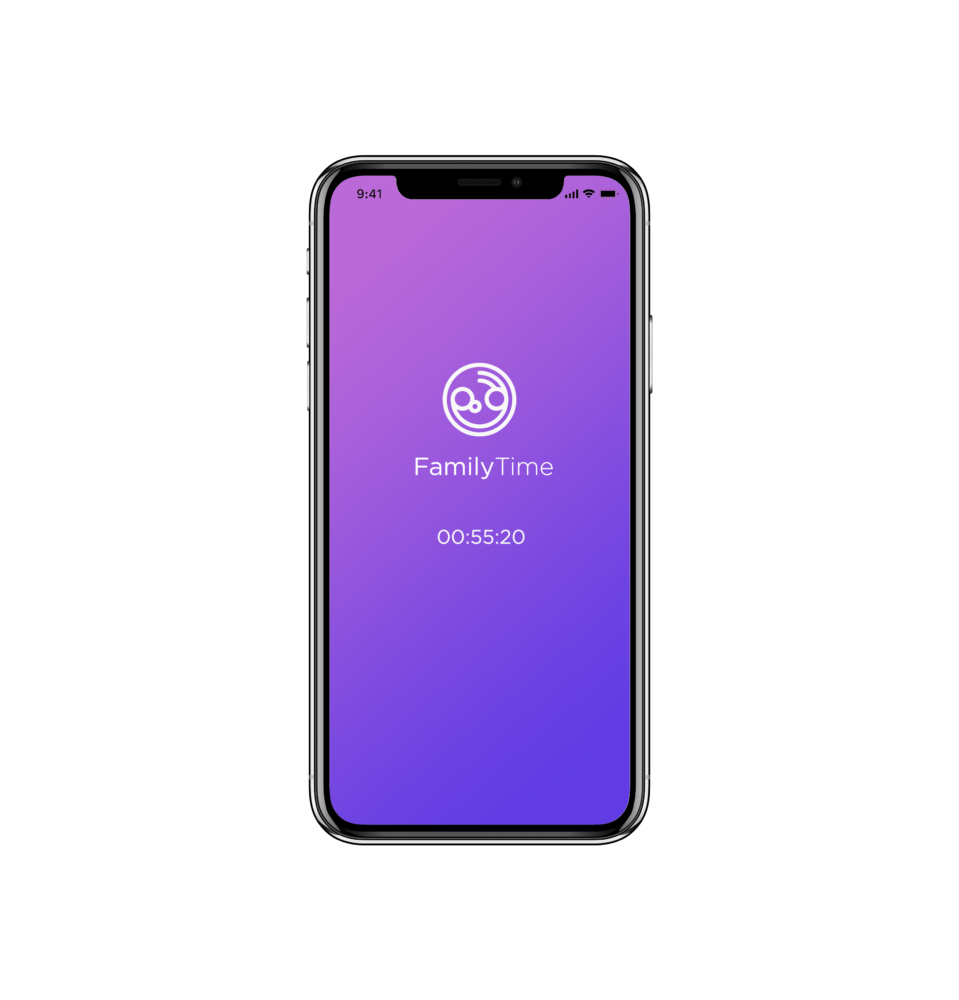
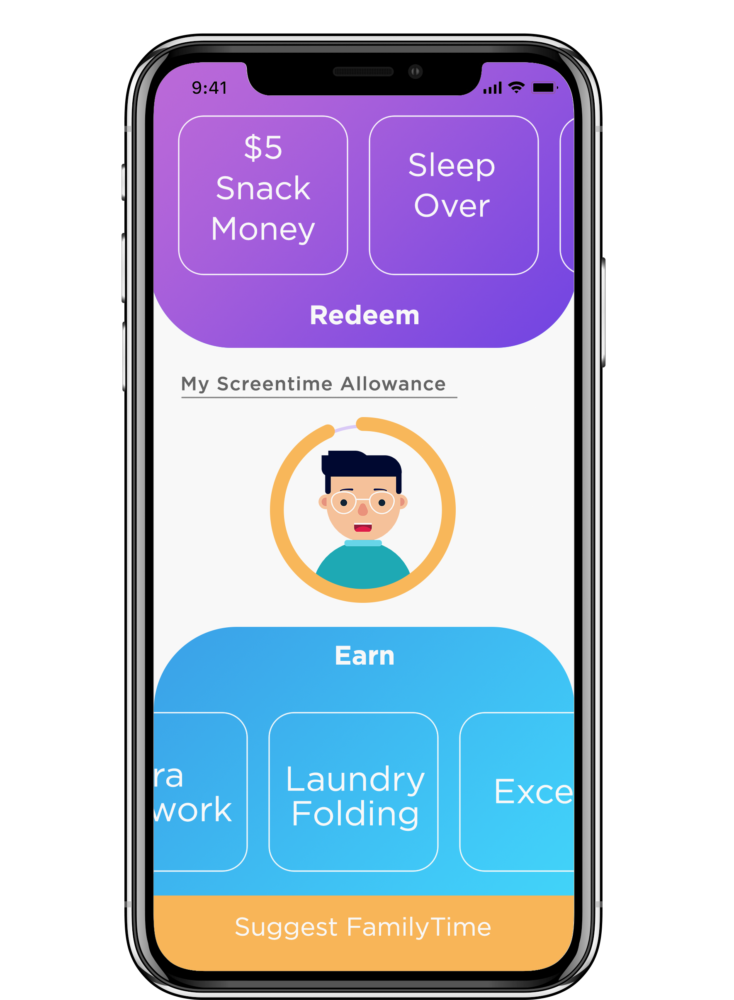
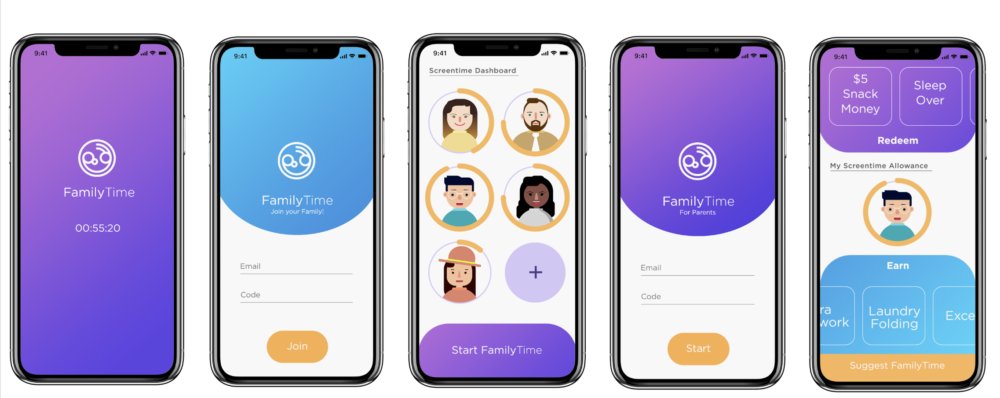
Thanks to:
Illustration, mock up, facilitation by Dongjae “Krystofer” Kim
S. Kim
D. Kim
N. Kim
K. Kim
